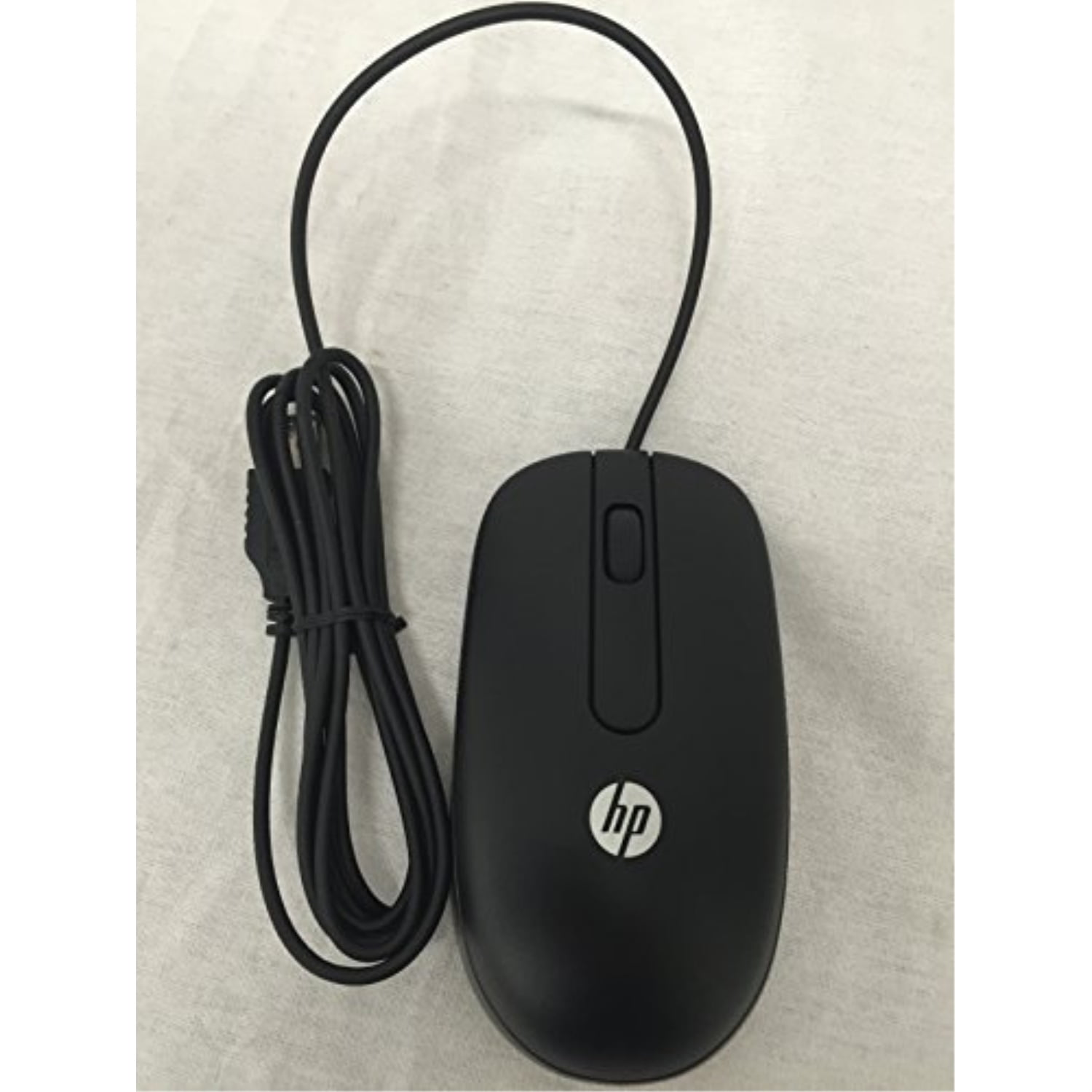

- #GENERIC USB OPTICAL MOUSE DRIVER INSTALL#
- #GENERIC USB OPTICAL MOUSE DRIVER DRIVERS#
- #GENERIC USB OPTICAL MOUSE DRIVER UPDATE#
- #GENERIC USB OPTICAL MOUSE DRIVER SOFTWARE#
For more information, see System-Defined Device Setup Classes. IHVs and OEMs can define new device setup classes, but only if none of the existing classes apply. Microsoft defines setup classes for most devices. Windows categorizes devices by device setup classes, which indicate the functionality of the device. The current list of USB class specifications and class codes is documented in the USB-IF Defined Class Code List.
#GENERIC USB OPTICAL MOUSE DRIVER DRIVERS#
If some of the device's capabilities are not implemented by the class driver, vendors should provide supplementary drivers that work in conjunction with the class driver to support the entire range of functionality provided by the device.įor general information about USB-IF approved device classes see the USB Common Class Specification Windows class drivers might not support all of the features that are described in a class specification. Hardware vendors should not write drivers for the supported device classes. If a device that belongs to a supported device class is connected to a system, Windows automatically loads the class driver, and the device functions with no additional driver required. Microsoft provides in-box drivers for several of those device classes, called USB device class drivers. Each device class is identified by USB-IF approved class, subclass, and protocol codes, all of which are provided by the IHV in device descriptors in the firmware. Those classes and their specifications are defined by the USB-IF. USB device classes are categories of devices with similar characteristics and that perform common functions. More guidelines are included in Choosing a driver model for developing a USB client driver. If a Microsoft-provided driver is not available for the USB device class to which your device belongs, then consider using generic drivers, Winusb.sys or Usbccgp.sys. If you are writing a custom driver: Before writing a driver for your USB device, determine whether a Microsoft-provided driver meets the device requirements. The drivers are updated through Windows Update. They are available in the \Windows\System32\DriverStore\FileRepository folder. These drivers and their installation files are included in Windows. If you are installing USB drivers: You do not need to download USB device class drivers.

This topic lists the Microsoft-provided drivers for the supported USB device classes. If you are a customer experiencing USB problems, see Troubleshoot common USB problems Note: you may be prompted to restart the computer.This topic is for programmers. Uncheck Show compatible hardware, scroll down to Microsoft and select a model with (IntelliPoint).Ĭlick Yes if you are warned about possible incompatibility.Īfter the driver is install, close the window.
#GENERIC USB OPTICAL MOUSE DRIVER UPDATE#
Go to the Driver tab and click Update Driver.Ĭlick Browse my computer for driver softwareĬlick Let me pick from a list of device drivers on my computer Go to the Hardware tab and click Properties. Open the Microsoft Mouse settings from the Start menu.
#GENERIC USB OPTICAL MOUSE DRIVER INSTALL#
Unfortunately, I was unsuccessful in getting IntelliPoint to recognize my mouse, but I will detail my procedure below in the case that it does in fact work for some mice or with older versions of IntelliPoint.ĭownload and install Microsoft IntelliPoint.
#GENERIC USB OPTICAL MOUSE DRIVER SOFTWARE#
So, in the name of science, I decided to try the latest Intellipoint software with my generic HID-compliant USB mouse!. If I remember correctly, it was possible to use non-supported hardware with IntelliPoint after a little bit of ingenuity. Instant Viewer is a feature of Microsoft's IntelliPoint mouse software drivers.


 0 kommentar(er)
0 kommentar(er)
